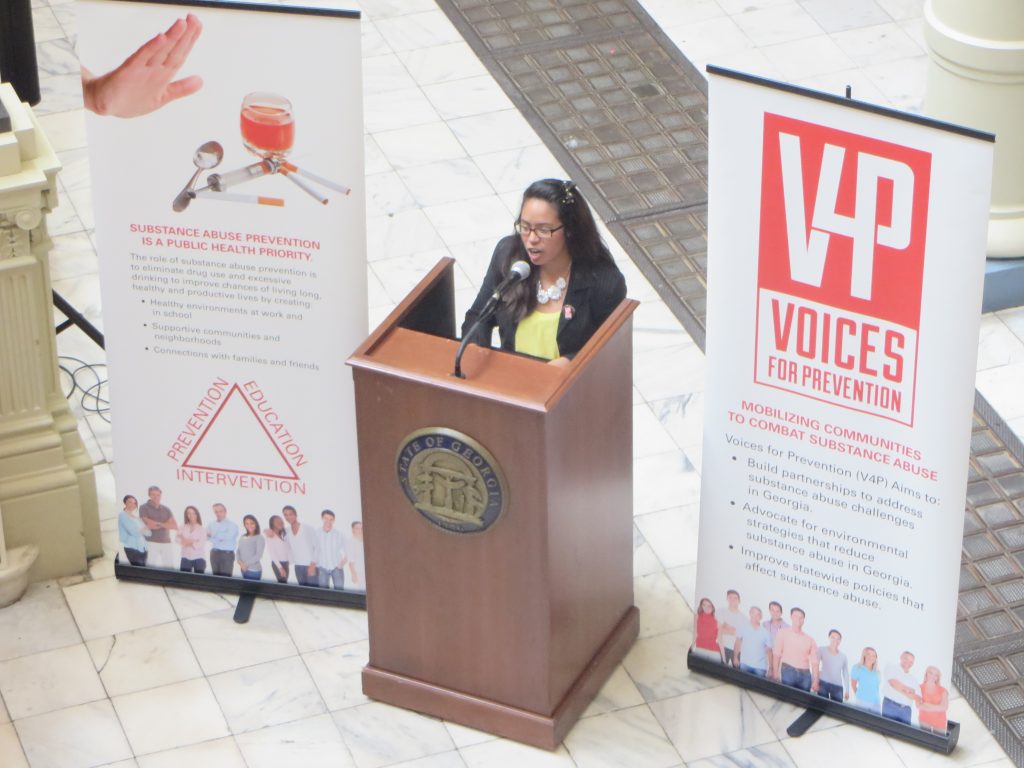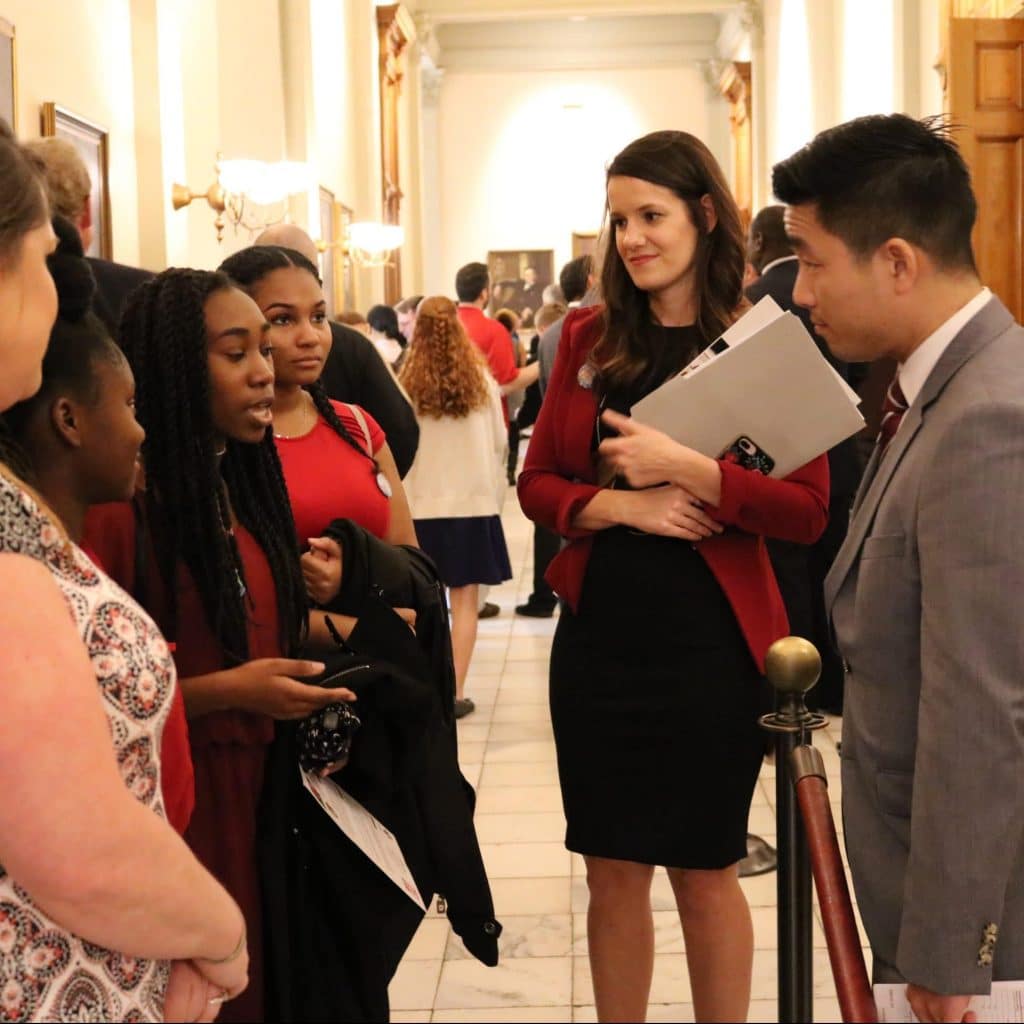Voices for Prevention is gearing up for Substance Abuse Prevention Advocacy Day on February 29, 2024!

We will join agencies from across the state to talk about the importance of substance abuse prevention with our state legislators. While this day is an important day for advocacy in the prevention field, being an effective advocate doesn’t just mean communicating with legislators. Advocacy is not a one-day-a-year job or a one-audience message, and it requires some work to get your message heard and to make it stick.
Before we give you the keys to effective advocacy, though, we need to have a shared understanding about what effective advocacy looks like. The Citizens’ Committee for Children (CCC) describes effective advocacy as “influenc[ing] public policy, laws and budgets by using facts, relationships, the media, and messaging to educate government officials and the public on the changes they want to bring for children and their families.” Essentially, advocates use their voices, and help others to use their voices, to influence necessary change. The great news about this definition is that anyone, at any age, can be an advocate; all that is needed is the motivation and a few necessary keys to unlock effective messages and delivery.

Six keys for effective advocacy:
- Identify an Issue
First, identify the problem or issue that you would like to see changed or supported. Before getting too far, make sure you’ve determined the underlying issue. One way to do this is by utilizing a technique devised by the architect of the Toyota Motor Production System, Taiichi Ohno, “The Five Whys.” When you look at an issue and ask “why is this happening” five times, you’ll be able to reduce the issue to the problem or problems that are causing it in the first place.
- Do Your Research
Once you’ve determined your problem, turn to reputable websites, books and experts to help you get an understanding of the topic. Make sure to research the issue from all sides and to keep track of your research. You don’t want to get started until you know everything you can about your issue.
- Find Your Audience
Part of your research should be figuring out who can help you make the change. Most likely it will involve more than one person or group of people. Make sure your audience includes all stakeholders, as well as the people or organizations with the power to make or change policy. For example, if you identify a school board policy that needs to be changed, you might involve students, teachers, faculty and the parent-teacher organization to help influence the local school board to amend a specific policy.
- Communicate Successfully
The next step is to reach out to your audience—but do so strategically. Identify which modes of communication would be most effective with each group, and begin crafting your message. Great tools for communicating messages are vast and can include social media campaigns, newspaper opinion columns, radio spots, television commercials, letter-writing campaigns, school announcements, petitions, in-person presentations, phone calls, flyers, town hall meetings and just about any other way you can think of to share your message with your audience.
Figuring out which ones will be the most effective for your audience, including who should deliver it and when your message should be delivered is a crucial step in communicating effectively. The Community Anti-Drug Coalitions of America (CADCA) has a primer on Comprehensive Communication Strategies that may be helpful in determining your best communication strategies.
- Follow Up
It is important to follow up with all stakeholders to exchange information, refine the message and to keep the ball rolling. This might be through formal meetings or through email, newsletters or phone calls.
Also, continue to reach out to those policymakers. Touch base with them regularly to keep them engaged and informed, and you just might find another partner in your cause.
- Say Thank You
Last but not least, the CCC also recommends remembering that time is valuable! “Keep your meetings short, and always say thank you afterward. When your advocacy is a success, always thank everyone who helped you achieve your victory!”

But don’t stop there! For additional tools to help you learn how to organize effective advocacy campaigns, visit the University of Kansas’ Community Tool Box. You’ll find plenty of tips, tricks and how-to guides.
Now that you have these keys to effective advocacy, you are ready to get out there and make your voice heard. Remember that each of us has the power to initiate impactful change in our communities and the world around us—it just takes passion, commitment and a little knowledge. After all, as Margaret Mead once said, “Never doubt that a small group of thoughtful, committed citizens can change the world; indeed, it’s the only thing that ever has.”
Do you have questions about being an effective advocate? We’d like to hear them. You can contact Michael Davis at michael@guideinc.org.
